Poorest Countries in the World: The Extensive Guide
Last Updated: June 15, 2021
Which are the poorest countries in the world?
A larger GDP per capita contributes to the well-being of a nation.
It’s not a fun topic to discuss, but we tried to make it a tad better with a map:
This Map Shows the Poorest Countries in the World
We tagged the poorest nations and this is what we got:
Using past GDP and the economic growth rate, we can rank countries by wealth, determining which are the poorest countries in the world.
Now:
GDP per capita is an indicator used to measure the economic performance of countries relative to their population. It is calculated by dividing the Gross Domestic Product of a certain country by the number of residents. It gives us some insight into the living standards in that particular country.
Economic growth rate, on the other hand, measures the changes in the GDP. Another useful indicator is the unemployment rate, which indicates the percentage of the labor force that is currently out of a job. The labor force only includes people who are of legal working age and able to work.
The Top 20 Poorest Countries
Below you can find a list of the 20 poorest countries in the world ranked in ascending order.
So let’s dive into it!
1. DR Congo
(Source: Focus Economics)
- GDP per capita – $475
- Major industries – mining, agriculture, fishing, forestry
- Unemployment rate – 4.2%
- Percentage of people living below the poverty line – 63.9%
What is the poorest country in the world? Well, the answer to that question is the Democratic Republic of Congo. In 2017, the GDP per capita in this Central African state amounted to $439. Current estimates show that the GDP per capita of this country will be slightly higher at $475.
As the country is rich in copper, cobalt, silver, gold and diamonds, mining is the main industry.
According to data from the World Bank, the unemployment rate is a relatively low 4.2%. However, a massive 63.9% of people live below the national poverty line.
2. Mozambique
(Source: Focus Economics)
- GDP per capita – $501
- Major industries – agriculture, mining
- Unemployment rate – 3.2%
- Percentage of people living below the poverty line – 46.1%
Mozambique is the second poorest country in Africa, as well as in the world. In 2017, the GDP per capita amounted to $429. Out of a population of around 30 million, 46.1% live below the national poverty line. The unemployment rate has been calculated to be 3.2% in 2018.
The country relies heavily on agriculture and mining. About 80% of the labor force is employed in the agriculture industry.
3. Uganda
(Source: Focus Economics)
- GDP per capita – $759
- Major industries – agriculture, fishing, mining
- Unemployment rate – 1.7%
- Percentage of people living below the poverty line – 21.4%
With a GDP of $759 per capita, Uganda has one of the worst economies in the world. In 2017, the GDP per capita was reported to be $726. Out of a population of around 40 million, 21.4% live below the national poverty line. The unemployment rate has been reported to be 1.7%.
Uganda’s top exports are coffee, gold, dried legumes, fish, and cocoa beans. The main export destinations are the United Arab Emirates, Kenya, South Sudan, the Democratic Republic of the Congo, and Rwanda.
4. Tajikistan
(Source: Focus Economics)
- GDP per capita – $861
- Major industries – energy, agriculture, mining
- Unemployment rate – 10.9%
- Percentage of people living below the poverty line – 31.3%
Tajikistan is the fourth poorest nation in the world. In 2017, the Central Asian had a GDP of $777 per capita. It is estimated that this number will slightly increase this year and amount to $861. Tajikistan has a population of around 9 million, and 31.3% of them live below the national poverty line. The unemployment rate is 10.9%.
Interesting fact:
Around 40% of the country’s GDP comes from immigrant remittances. Migrants working in Russia send money to their families back home, and these remittances make up for a massive 30% of the country’s GDP. Tajikistan exports aluminium, gold ($156M), zinc, lead and cotton.
Hydropower plants produce 98% of Tajikistan’s electricity. As a result, hydropower production is one of the major contributors to the economy of this landlocked former Soviet republic.
5. Yemen
(Source: Focus Economics)
- GDP per capita – $912
- Major industries – oil production, agriculture
- Unemployment rate – 12.9%
- Percentage of people living below the poverty line – 48.6%
Located on the south coast of the Arabian Peninsula, this war-torn state is also on the list of third world countries. The country has a population of close to 30 million people. Nearly half of them live below the national poverty line. The unemployment rate is 12.9%, according to data from the World Bank.
Yemen mostly exports crude oil, natural gas, coffee, and fish. Even though most of the GDP comes from oil refining, Yemen is still not a part of the Organization of the Petroleum Exporting Countries (OPEC).
6. Haiti
(Source: Focus Economics)
- GDP per capita – $922
- Major industries – agriculture, tourism, mining
- Unemployment rate – 13.5%
- Percentage of people living below the poverty line – 58.5%
With an estimated GDP of $922 per capita, this Caribbean island is one of the poorest places in the world. Haiti has a population of around 11 million people, and 58.5% of them live below the poverty line. The unemployment rate is quite high at 13.5%.
Haiti’s top exports are apparel, oil, cocoa, coffee, mangoes, and sugar. Its main trade partners are the Dominican Republic, its neighbor on the island of Hispaniola, and the US.
7. Ethiopia
(Source: Focus Economics)
- GDP per capita – $1122
- Major industries – agriculture, services
- Unemployment rate – 1.8%
- Percentage of people living below the poverty line – 23.5%
Ethiopia’s GDP per capita in 2018 was $884, making it one of the most impoverished countries in the world. The projected GDP for 2019 is expected to rise to $1122. Ethiopia has a population of around 105 million people, 23.5% of whom live below the national poverty line. That’s nearly 25 million people or, to put it in perspective, the entire population of Australia.
Agriculture makes up for nearly half of this country’s GDP. This African state mainly exports coffee, oily seeds, and vegetables. Its biggest market for coffee exports is the US.
8. Tanzania
(Source: Focus Economics)
- GDP per capita – $1159
- Major industries – agriculture, manufacturing
- Unemployment rate – 1.9%
- Percentage of people living below the poverty line – 28.2%
This African country with a GDP of $1159 per capita is one of the world’s poorest countries. Close to a third of the population lives below the poverty line. The unemployment rate is reported to be 1.9% in 2018.
Agriculture provides 85% of Tanzania’s exports, gold, nuts, tobacco, and coffee also major exports.
9. Kyrgyzstan
(Source: Focus Economics)
- GDP per capita – $1266
- Major industries – agriculture, mining, manufacturing
- Unemployment rate – 7.2%
- Percentage of people living below the poverty line – 25.6%
Kyrgyzstan is another former Soviet republic on the list of poorest countries. This Central Asian country has a GDP per capita of $1266 and a 7.2% unemployment rate. Out of the 6 million people residing there, 25.6% live below the national poverty line.
As was the case with Tajikistan, Kyrgyzstan also relies on Russian remittances. Cotton and tobacco are some of the most exported products.
10. Uzbekistan
(Source: Focus Economics)
- GDP per capita – $1350
- Major industries – agriculture, mining, energy
- Unemployment rate – 5.2%
- Percentage of people living below the poverty line – 14.1%
With a GDP per capita of $1350, the third Central Asian former Soviet republic on our list is also one of the top 10 poorest countries worldwide. It has a population of around 32 million people, with 14.1% of them living below the national poverty line.
In 2017, agriculture accounted for 17% of GDP. Cotton is one of the main agricultural products, as it has been historically. Besides cotton, Uzbekistan exports gold, natural gas, and oil.
Curious fact:
Uzbekistan is one of only two double landlocked countries in the world, the other being tiny Lichetenstein in Central Europe.
11. Zambia
(Source: Focus Economics)
- GDP per capita – $1479
- Major industries – mining, agriculture
- Unemployment rate – 7.2%
- Percentage of people living below the poverty line – 54.4%
Located in Southern Africa, Zambia is one of the most poverty-stricken countries in the world. More than half of the population lives below the national poverty line.
Copper accounts for around 85% of exported products. Zambia is also the world’s second-largest cobalt producer. However, the biggest part of the workforce is employed in agriculture.
12. Pakistan
(Source: Focus Economics)
- GDP per capita -$1459
- Major industries – manufacturing, agriculture
- Unemployment rate – 3.0%
- Percentage of people living below the poverty line – 24.3%
Located in South Asia and with a GDP per capita of $1459, Pakistan is one of the poorest nations in the world. There are over 210 million people residing there, and a massive 24.3% or more than 50 million people are living below the national poverty line. For comparison, that’s the entire population of South Korea or Colombia.
Cotton textile production contributes most to this country’s GDP. Pakistan mainly exports cotton, textiles, and apparel.
13. Myanmar
(Source: Focus Economics)
- GDP per capita – $1533
- Major industries – agriculture, mining, tourism, oil and gas
- Unemployment rate – 1.6%
- Percentage of people living below the poverty line – 32.1%
With a GDP per capita of $1533, Myanmar is one of the poor countries on our list. The country formerly known as Burma has a population of around 53 million, and 32.1% of them are living below the national poverty line. The unemployment rate is relatively low, at 1.6%.
The agricultural sector contributes to nearly half of the national GDP, and approximately two-thirds of the population work in this sector. Mineral fuels and clothing are the main products that Myanmar exports.
14. Cambodia
(Source: Focus Economics)
- GDP per capita – $1627
- Major industries – textile, tourism, agriculture
- Unemployment rate – 1.0%
- Percentage of people living below the poverty line – 17.7%
The estimated GDP per capita for Cambodia is $1627, making it one of the poorest countries in the world. Cambodia’s population is estimated to be around 16 million, and 17.7% of them live below the national poverty line.
Tourism, mostly to Angkor Wat, the largest religious monument in the world, makes up a substantial fraction of Cambodia’s GDP. Additionally, the textile industry accounts for 80% of the country’s exports and employs a big part of the labor force.
15. Bangladesh
(Source: Focus Economics)
- GDP per capita – $1774
- Major industries – textile, agriculture
- Unemployment rate – 4.3%
- Percentage of people living below the poverty line – 24.3%
The estimated GDP per capita of Bangladesh is $1774, making it one of the most populous Asian countries in poverty. Close to a quarter of the 165 million or a staggering 40 million people live below the national poverty line.
Like in Cambodia, textile is the leading industry. This industry accounts for 80% of the products exported. Bangladesh is one of the largest world exporters of textile, second only to China. Although the textile industry accounts for most of the exports, the biggest part of the labor force is employed in the agricultural industry.
16. Ivory Coast
(Source: Focus Economics)
- GDP per capita – $1899
- Major industries – agriculture
- Unemployment rate – 2.5%
- Percentage of people living below the poverty line – 46.3%
The Ivory Coast or Côte d’Ivoire, is one of the world’s poorest countries, with a GDP per capita of $1899. Nearly half of the population lives below the national poverty line.
The country relies heavily on agriculture, and around 70% of the population is employed in this industry. The Ivory Coast is the world’s leading producer of cocoa, which is also one of its main exports, along with palm oil and coffee. Besides these products, the Ivory Coast also exports mineral fuels and precious metals.
17. Kenya
(Source: Focus Economics)
- GDP per capita – $1960
- Major industries – service, agriculture, manufacturing
- Unemployment rate – 9.3%
- Percentage of people living below the poverty line – 36.1%
Kenya’s GDP of $1960 per capita makes it one of the most impoverished countries in the world. More than one-third of the country’s 50 million population live below the national poverty line.
The service industry is the largest contributor to Kenya’s GDP due to the tourist sector. Agriculture and manufacturing come next. Kenya exports coffee, tea, spices, flowers, vegetables, and clothing.
18. Nicaragua
(Source: Focus Economics)
- GDP per capita – $2151
- Major industries – service, agriculture, chemical, textile
- Unemployment rate – 4.5%
- Percentage of people living below the poverty line – 24.9%
Nicaragua is the only country located in the American continent which is among the poorest countries in the world. It has a population of around 6 million people, and 25% of them live below the national poverty line.
Remittances contribute to around 15% of the national GDP. However, the biggest contributor is the services sector, which includes retail, tourism, customer service, etc. Nicaragua’s most exported products are clothing, electrical machinery, coffee, tea, spices, gems, precious metals, meat, and fish.
19. India
(Source: Focus Economics)
- GDP per capita – $2171
- Major industries – industrial sector, agriculture, textile
- Unemployment rate – 2.6%
- Percentage of people living below the poverty line – 21.9%
With a GDP of $2171 per Capita, India comes towards the bottom of our list of poorest countries. A mind-boggling one-fifth of the country’s 1.3 billion people live below the national poverty line. For comparison, that’s roughly 320 million people or the entire population of the US.
But it’s not all bad news:
With a booming economy, India is part of a group of major emerging economies called BRICS (Brazil, Russia, India, China, and South Africa). The industrial sector contributes the most to the national GDP. India’s most exported products are mineral fuels, gems, precious metals and machinery.
20. Nigeria
(Source: Focus Economics)
- GDP per capita – $2318
- Major industries – oil industry, tourism, agriculture
- Unemployment rate – 6.0%
- Percentage of people living below the poverty line – 46.0%
The GDP of $2138 per capita makes Nigeria the 20th poorest country in the world. Close to half of the 190 million population live below the national poverty line – as many as 87 million or more than the entire population of Germany.
The oil industry contributes the most to the country’s GDP, and Nigeria is among the 10 largest oil producers worldwide. Oil and petroleum products account for 98% of the country’s exports. Besides oil, Nigeria exports ships, boats, cocoa and oil seeds.
Which Continent Has the Greatest Number of Impoverished Nations in the World?
Half of the countries on this list are located in Africa, while most of the others are in Asia. Haiti and Nicaragua are the only ones located in the Americas.
You’re probably wondering:
“Why is that?”
Here’s why many African countries are among the poorest countries in the world:
African countries score low on the Human Development Index (HDI). Even though the continent is rich in resources, they aren’t used effectively. Additionally, most countries rely on the export of cash crops and primary products with widely fluctuating prices on the world market.
We can also attribute the low national gross domestic product to corrupt governments misusing most of the funds. In turn, this leads to low education, poor infrastructure, lack of safe water, and so on. What is more, most people work in the labor-intensive agricultural sector for low wages.
The combination of these negative factors makes the developing African and Asian nations on our list the poorest countries in the world.

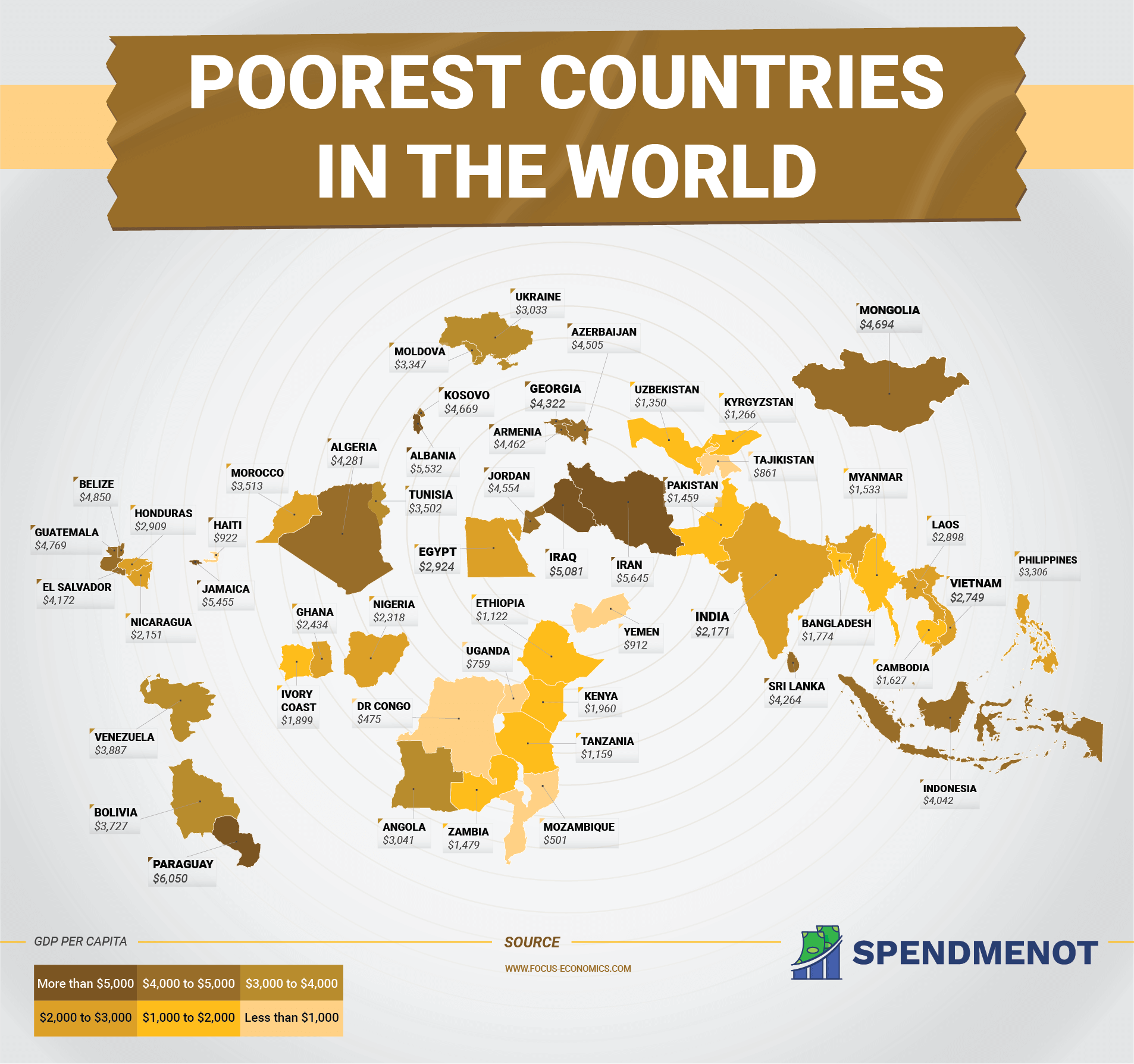
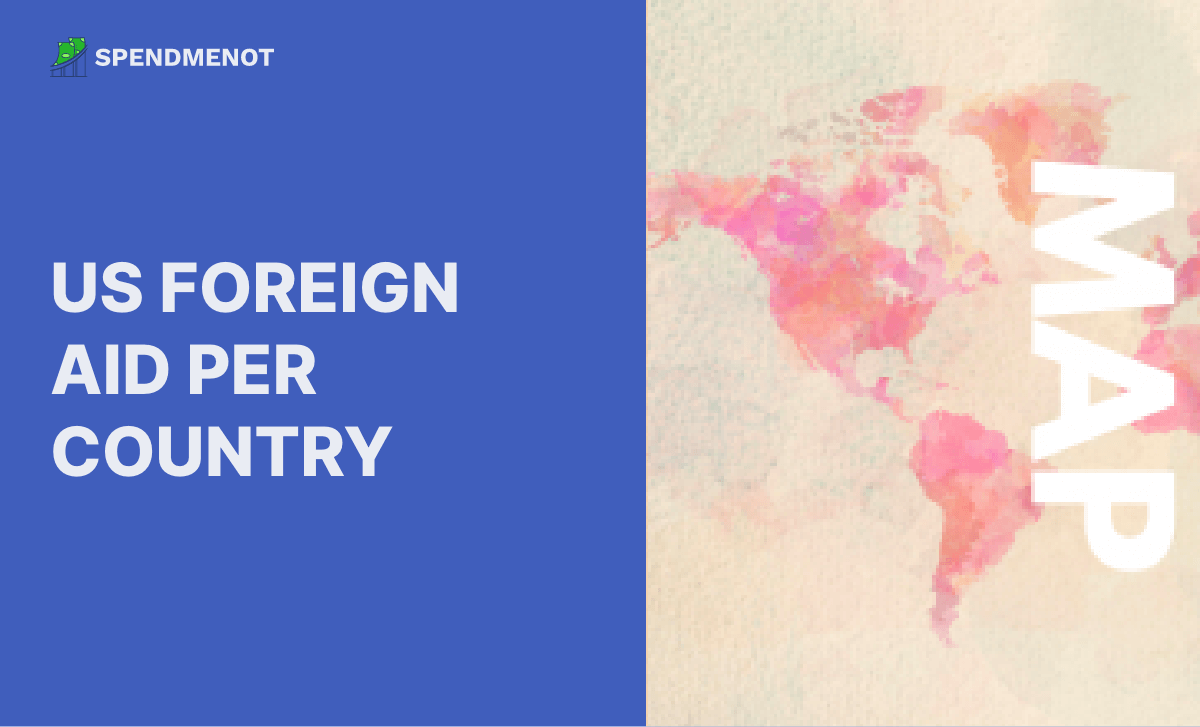
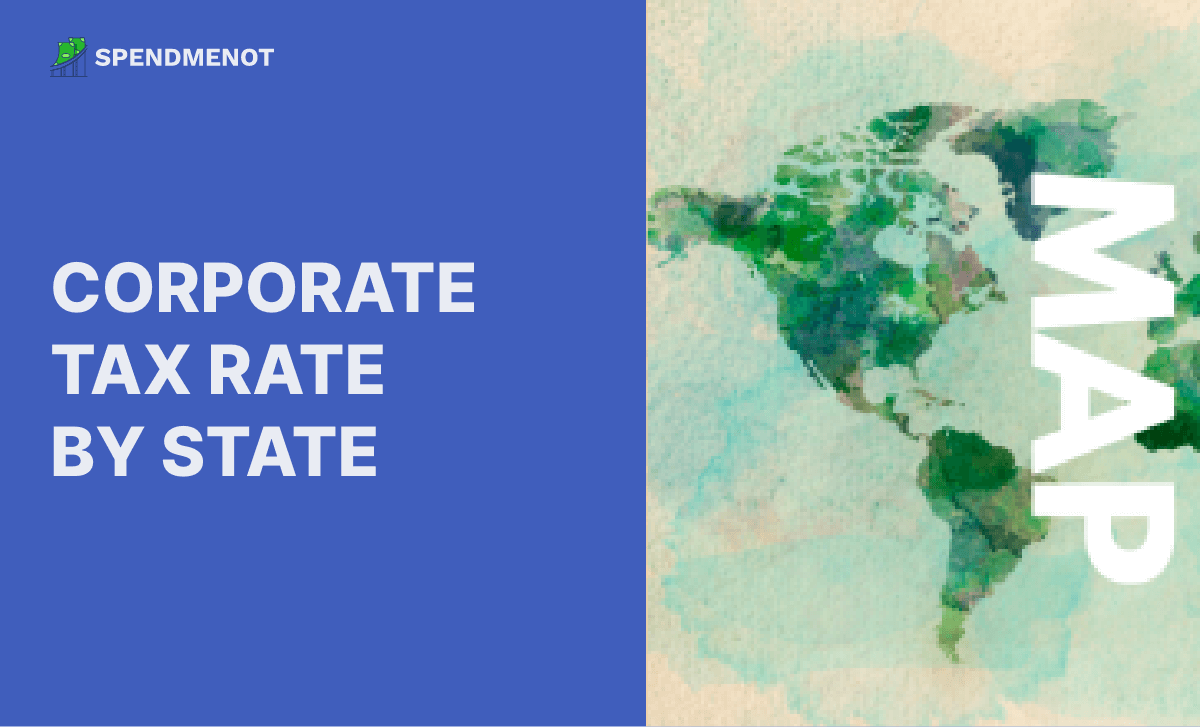

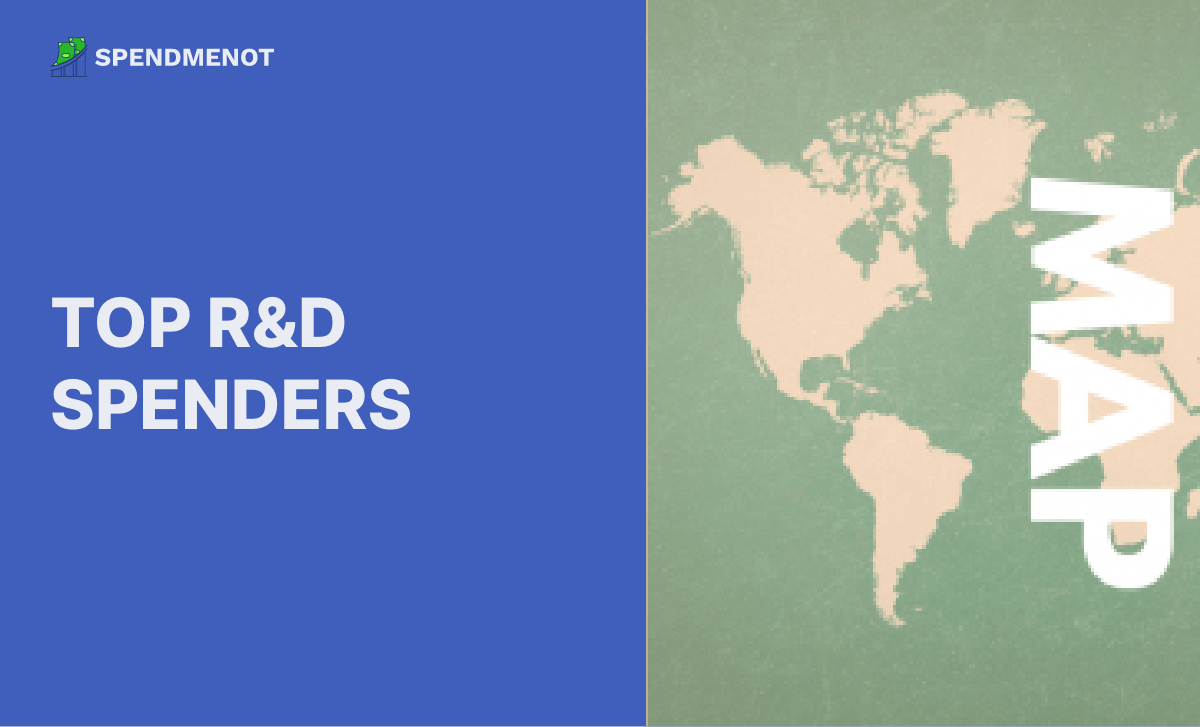
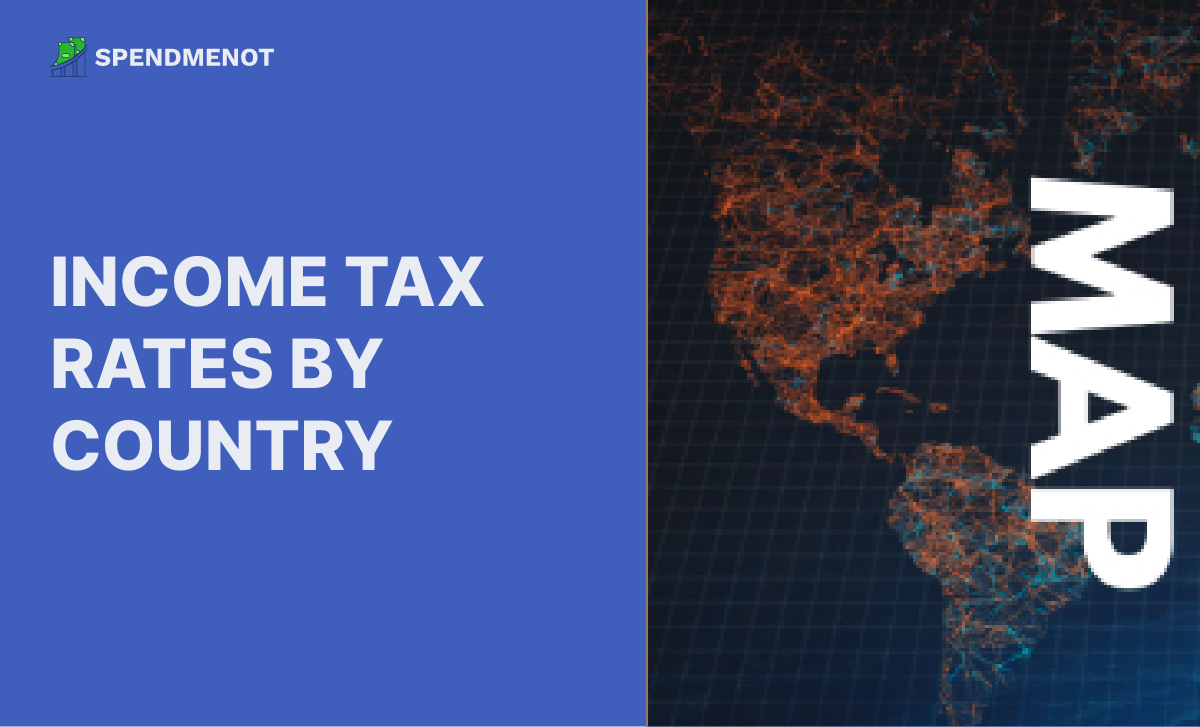
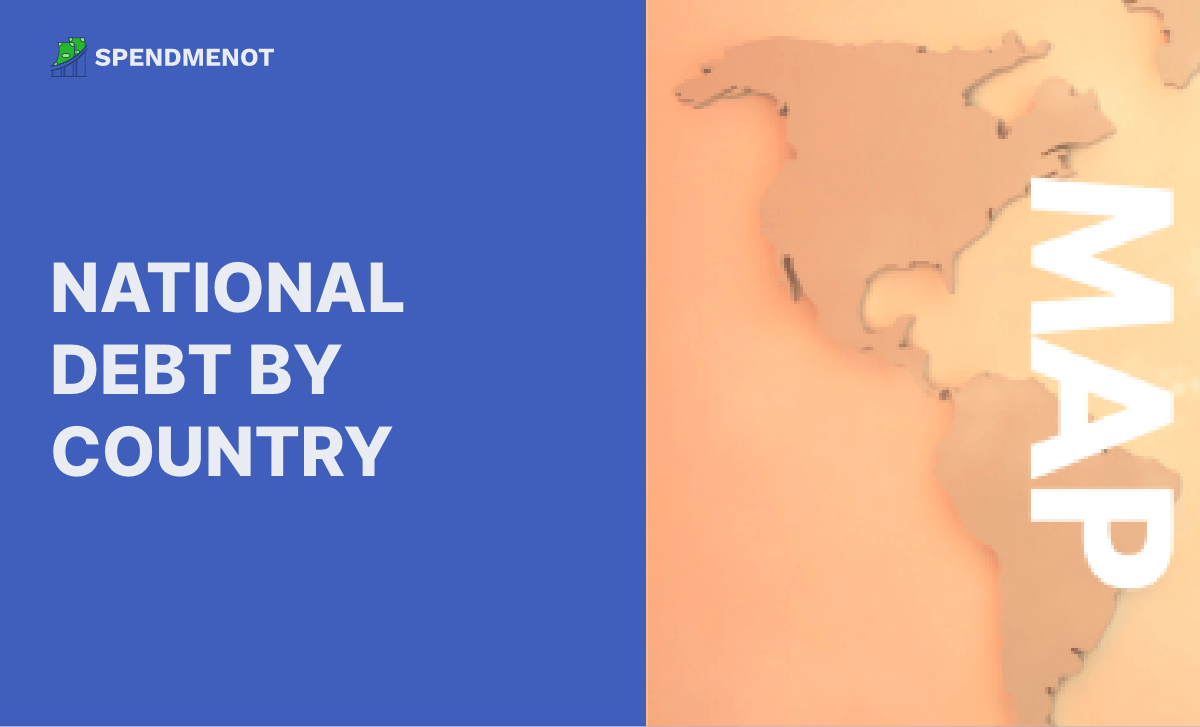
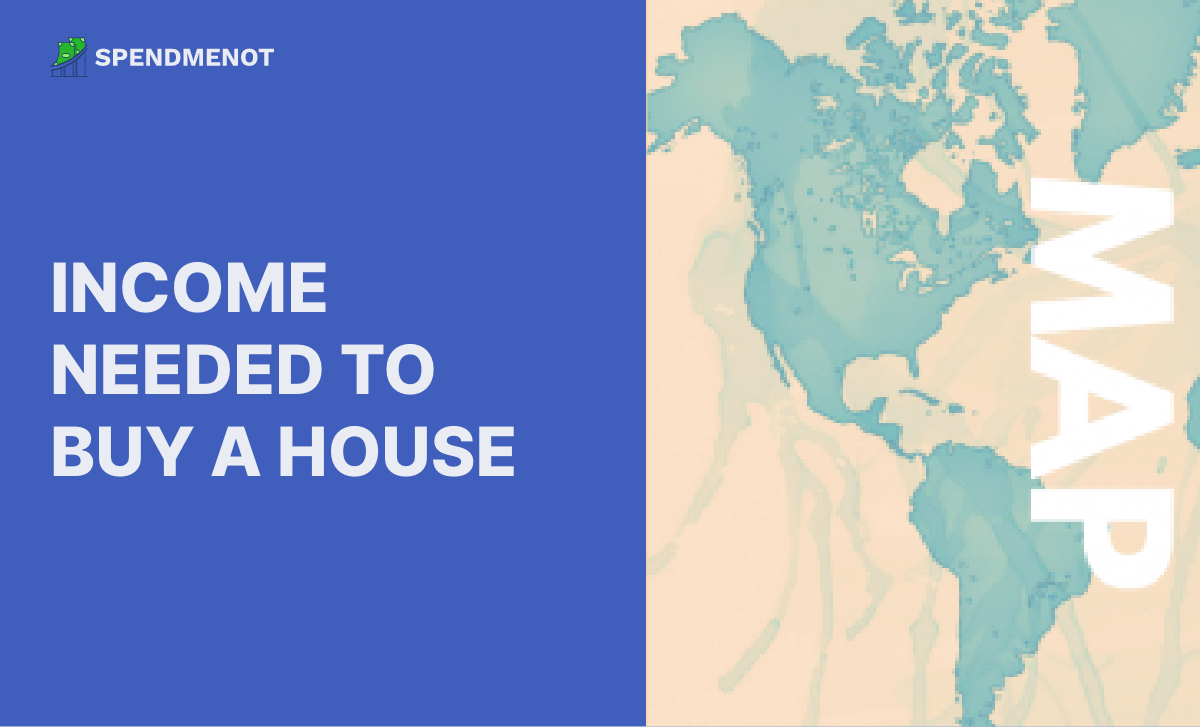
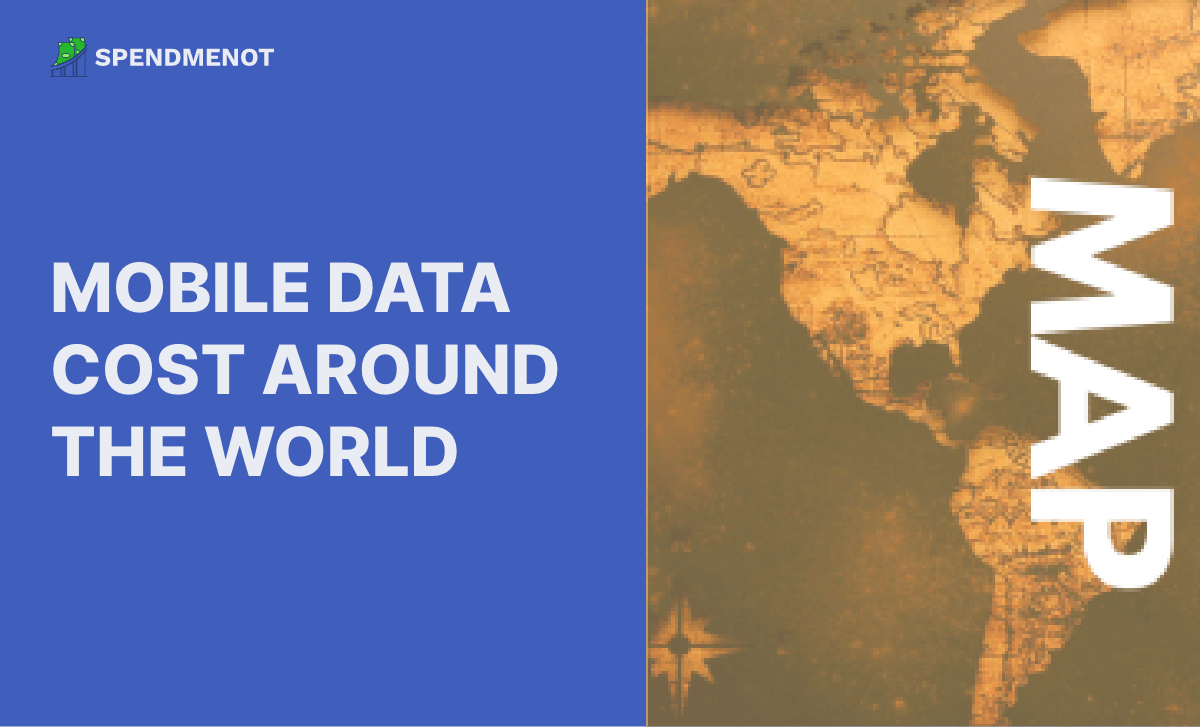


Mr Vipan Puri
April 29, 2022 at 12:53 am
Super power American have a poverty why not show that in the list
devesh chaturvedi
June 1, 2022 at 3:23 am
they all are baised , as you see they also removed kashmir from our map
devesh chaturvedi
June 1, 2022 at 3:22 am
please make right map of india . you removed kashmir from our map
Harry
July 24, 2022 at 3:25 pm
Oh hello man, use a correct map of India. Laddakh and Kashmir are proud parts of India, not China.